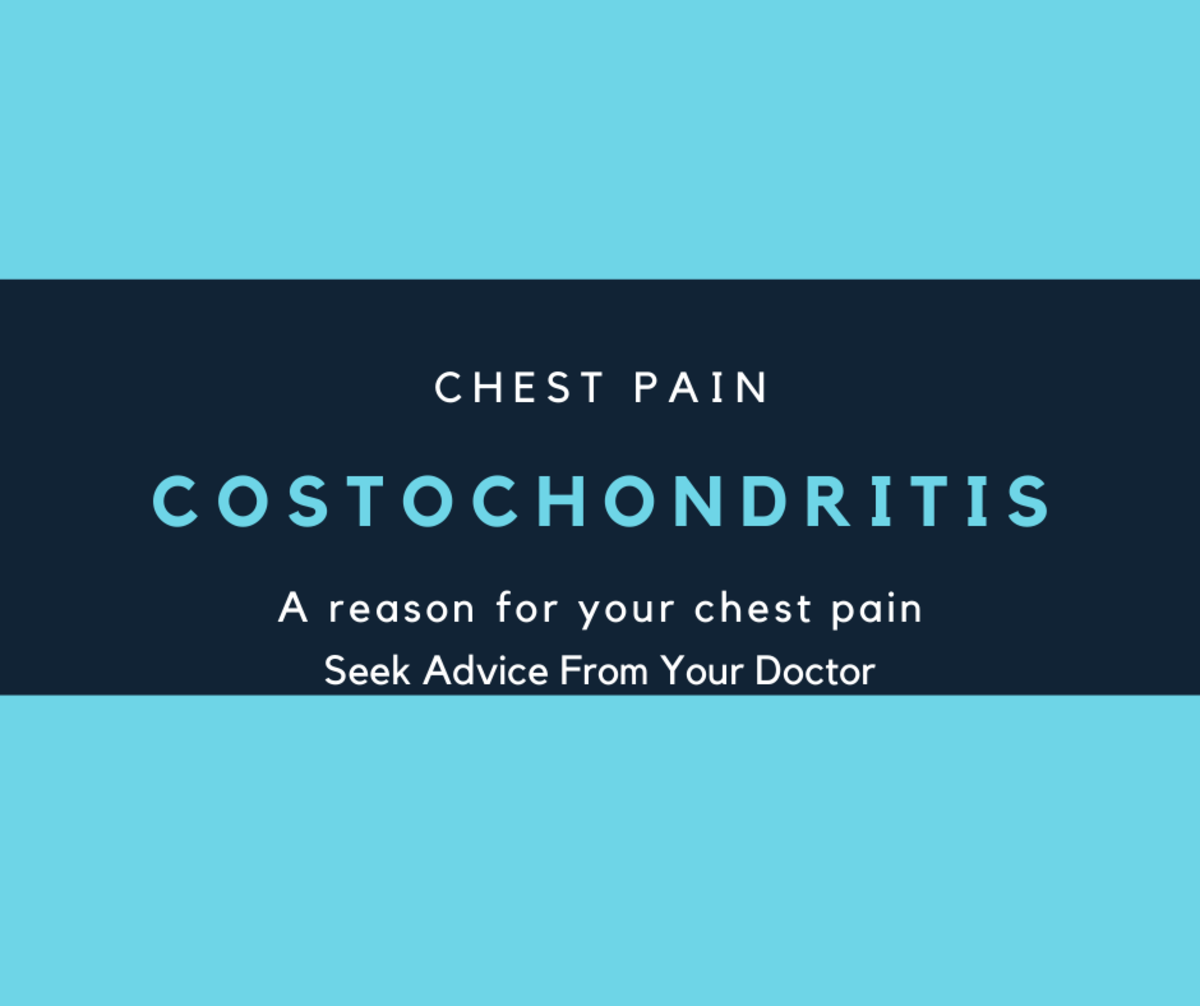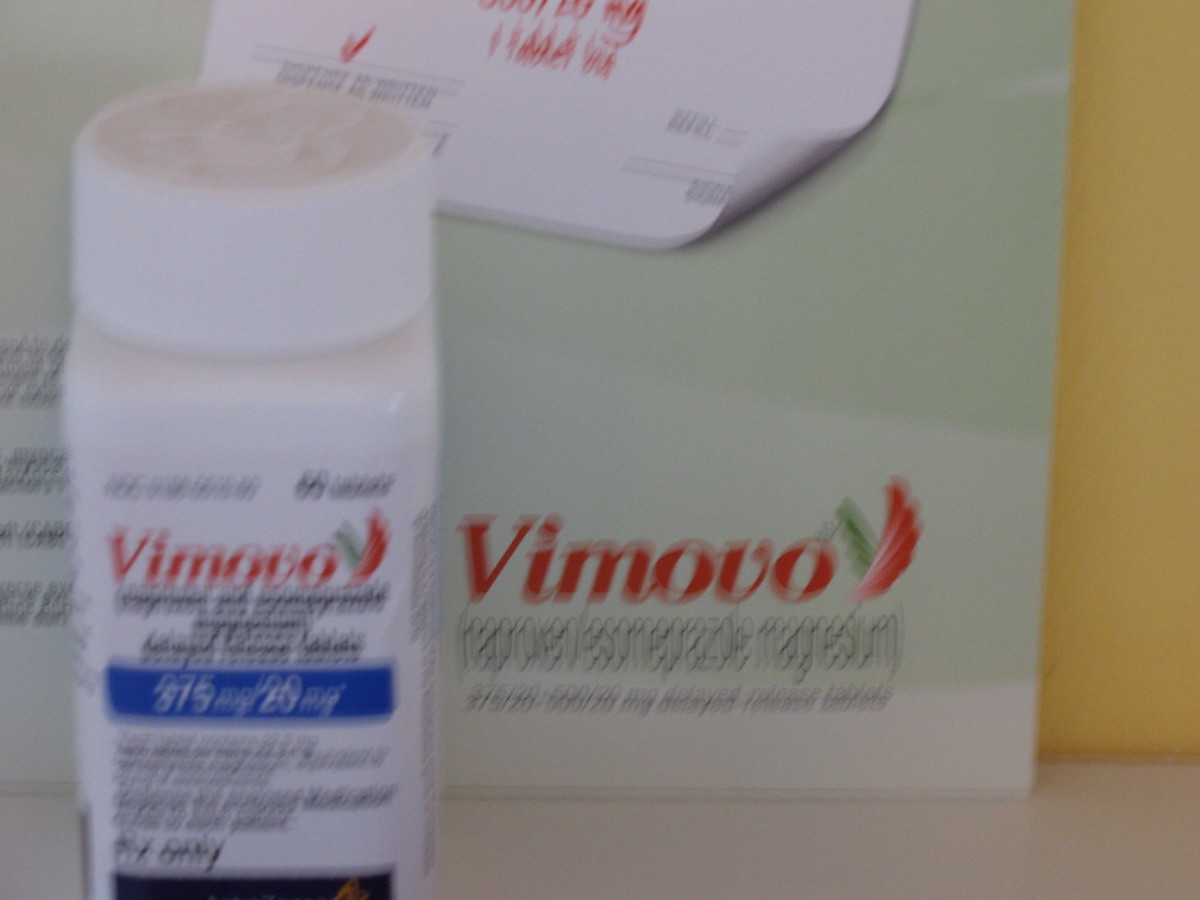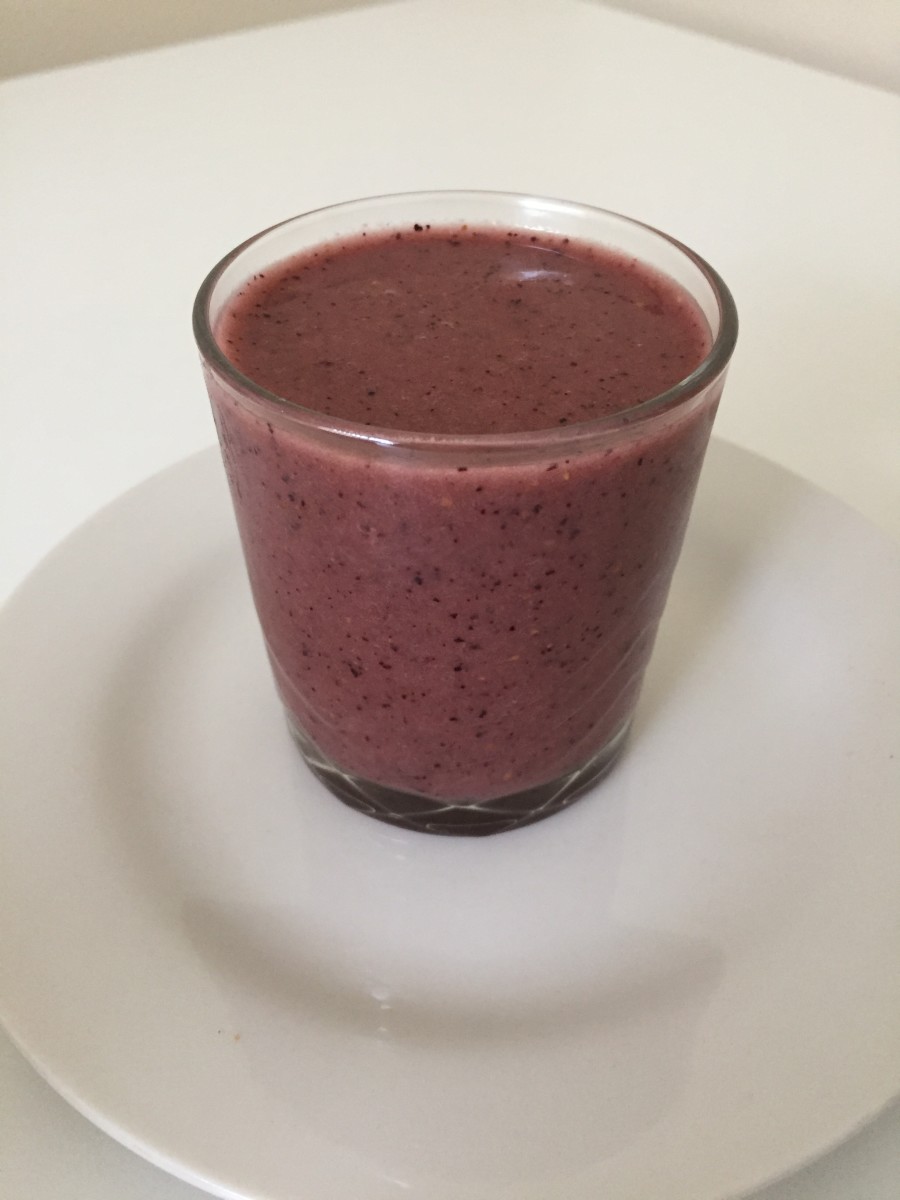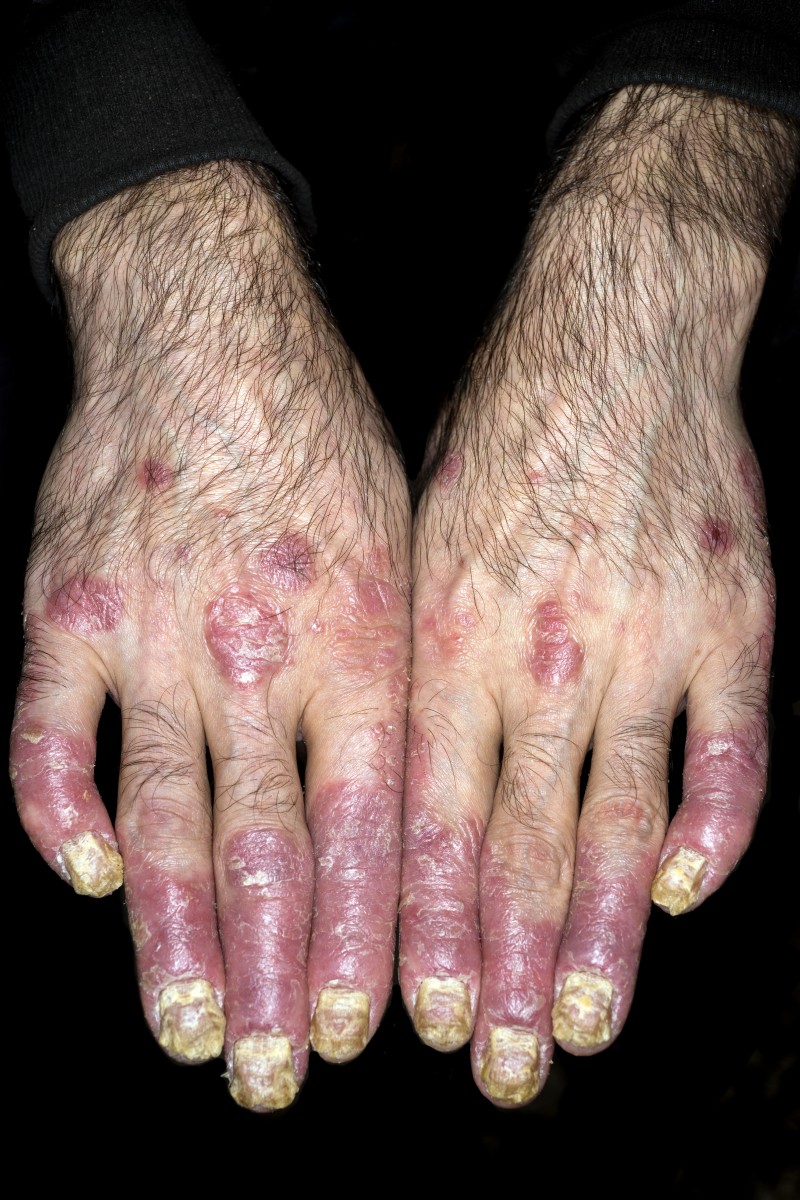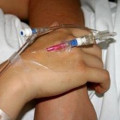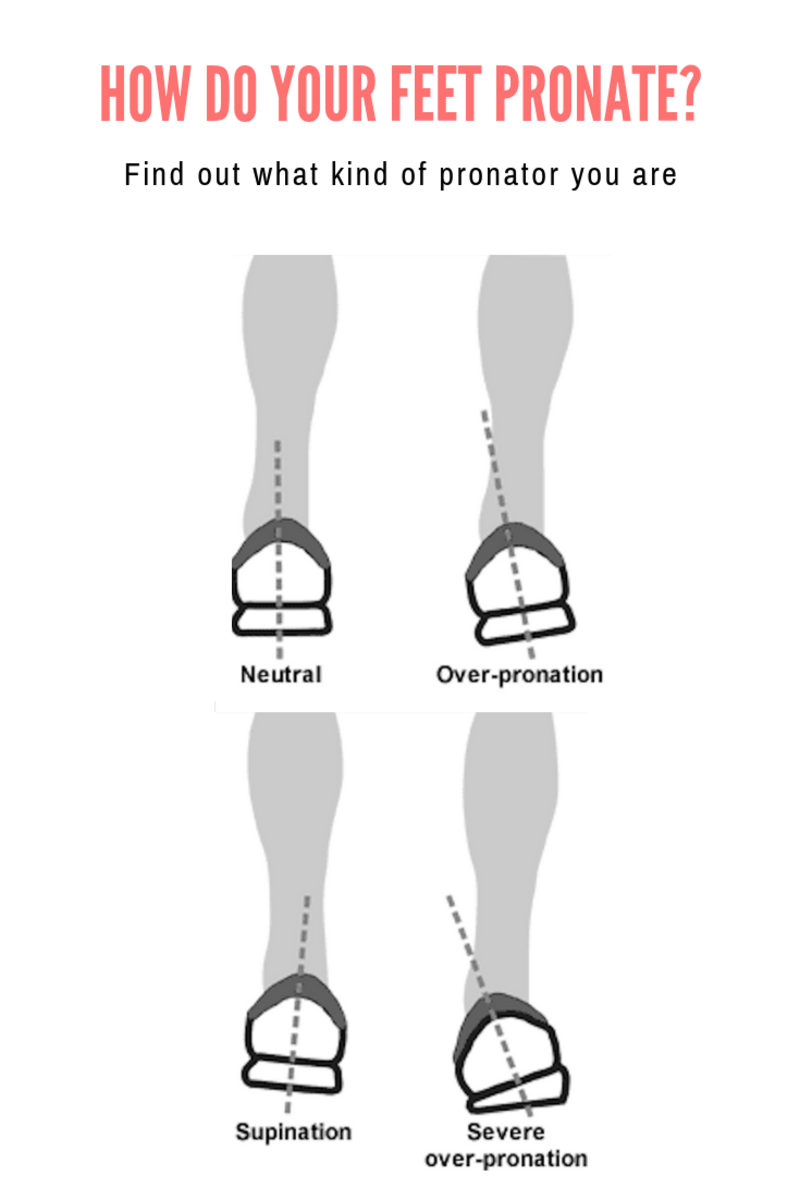An Overview of Costochondritis
According to WebMD costochondritis is “an inflammation of the junctions where the upper ribs join with the cartilage that holds them to the breastbone, or sternum.” The explanation goes on to discuss the pain of it and how to make it worse by pressing on your chest. But, anyone who has had a flare-up of this condition could easily say that there’s a much easier way to cause it to flare: breathe.
Like other chronic conditions no one situation is the same, so I can only speak from my own experience. When I had my first major flare-up, I was in intense pain. My blood pressure, (which is typically very low), shot up to over 160/80 and I wanted to scratch the pain out of my chest. I’d been sick for a long time already and I knew it was likely costochondritis or pleurisy. It was foolish, but I didn’t go to the emergency room as I should have (after all, the anxiety of affording it is powerful). As it turns out, I had every single symptom of a heart attack in women, all the way down to the less common ones. It wasn’t a heart attack, fortunately, but I did say it was foolish and it isn’t a mistake I’ve repeated.

What Causes Costochondritis?
Unfortunately, there are a lot of things that can cause this painful inflammatory condition. Something as simple as straining too much when you pick up a child, or as frightening as a tumor, might be the cause. The most common reasons this condition develops, though, are things like injury, infections (such as when you have a virus and cough a lot), arthritis, and even simply exercising too hard.
In the case of chronic illness, overall inflammation can be a cause of it. Many fibromyalgia patients complain of costochondritis-like symptoms or have been positively diagnosed with this painful condition. Many chronic conditions have an element of inflammation. This is especially true for autoimmune conditions like rheumatoid arthritis or lupus. Inflammation in and around the joints also includes where ribs join the cartilage in the chest which can make it very difficult to take in a full breath. Other conditions, like pleurisy, are also inflammation in the chest cavity and can be quite painful.
If you or someone you know has a chronic illness, costochondritis may play a factor in chronic pain. As always, it’s best to seek emergency care for any new or unusual pain symptoms.
What Are The Symptoms?
The symptoms of costochondritis can be terrifying. As mentioned in the opening, a costochondritis attack can feel exactly like a heart attack. Pain is difficult to deal with, but the fear that you are in cardiac arrest doesn’t help the situation at all.
Some common symptoms of this inflammatory condition include:
- Sharp, stabbing pain when breathing deeply
- Pressure and/or a dull ache around the breastbone
- Increased pain with movement
- Tender points along the breastbone
- Less pain when at rest and breathing softly
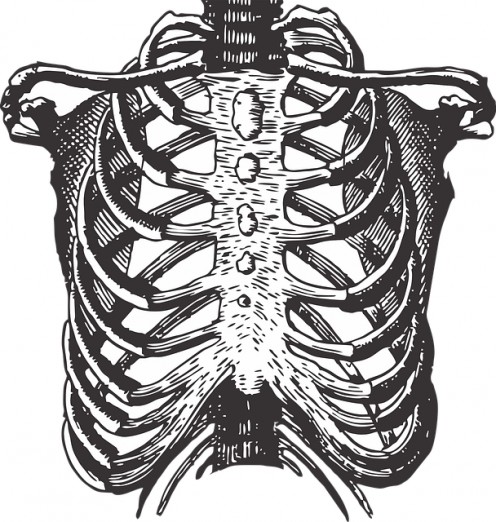
Treatment Options
Fortunately, in many cases costochondritis goes away on its own with time. As we get over viral and bacterial infections, or heal from a hard day at the gym, the inflammation goes down and we’re back to normal.
Unfortunately, though, for many chronically ill patients, this just doesn’t happen. Though the inflammation may wax and wane depending on if we’re in remission or not, some of us experience this pain all the time. Treating it with an anti-inflammatory is an option and can be obtained over the counter. There are also prescription options available from your healthcare provider. In some cases, such as with meloxicam, the first six months of taking the medication will require that your kidneys be monitored.
Other treatments include hot and cold compresses to help ease the pain as well as topical creams and even physical therapy. In some cases patients may get a stronger pain medication than an NSAID, but it’s always best to try less addictive methods of controlling pain before resulting to opioids.
Finally, just don’t aggravate it. This is far easier said than done as aggravating this condition can be done by simply inhaling deeply, but avoiding strenuous exercises during particularly difficult flare-ups is always best.
When Should You go to ER?
If you have unusual pain, go now. Unusually intense pain or pain in an unexpected area can indicate another, far more serious problem than chest inflammation so the only appropriate act is to seek medical attention.
It’s important to realize that chest pain isn’t caused by just one or two conditions. A rise in blood pressure, cold sweats and lightheadedness can all be a reaction to a costochondritis flare up. They are also symptoms of a heart attack, especially in women. Pay special attention to how you are feeling when your pain seems more intense. Is it accompanied by nausea? Are you aching in other places, such as your arm(s) or jaw? You can read the symptoms of a heart attack in women at heart.org, a website for the American Heart Association. It’s also important to note that not all heart attacks are dramatic ones that we see on television. Some are silent and can cause irrevocable damage to your heart.
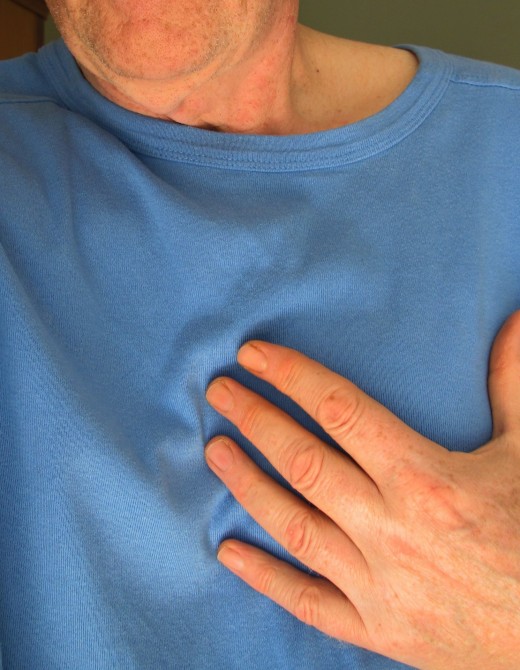
Check out these resources to learn more about costochondritis!
Mayo Clinic; As always, Mayo Clinic provides a good, yet brief and quick read that explains costochondritis.
eMedicineHealth; emedicinehealth answers a lot of the same questions I have here, including when you should seek help and some of the symptoms of this inflammatory condition.
WebMD; WebMD’s article on costochondritis is incredibly thorough and not only provides medical treatment options, but also information on more holistic measures to help treat the inflammation.

